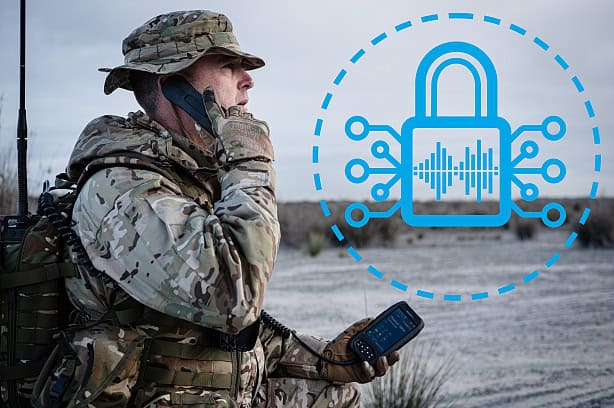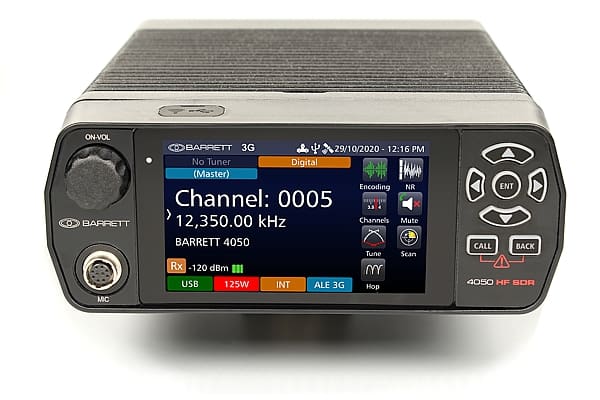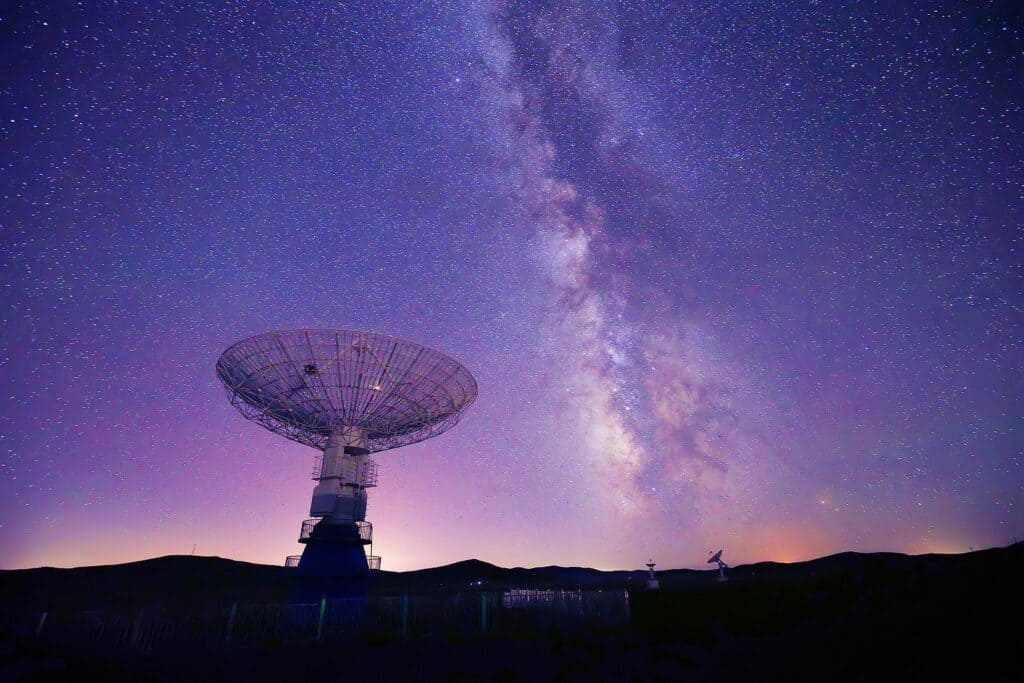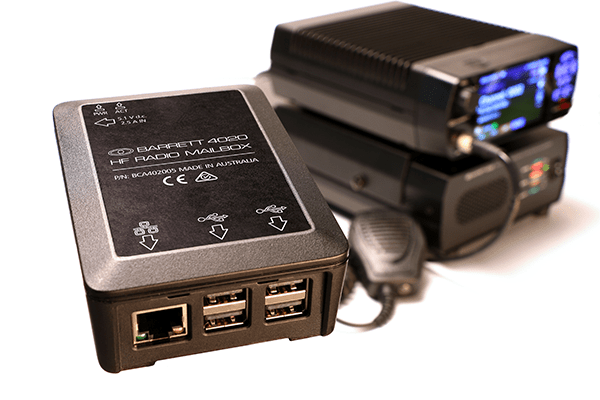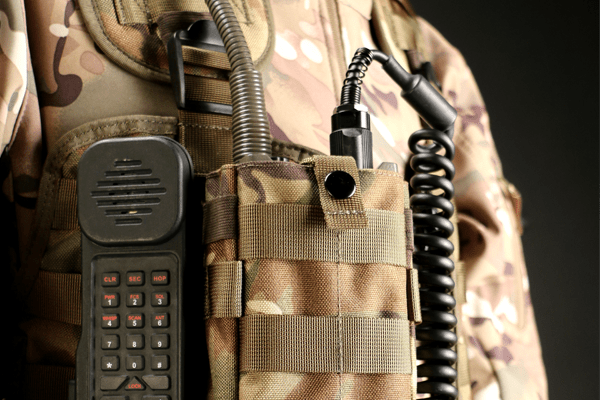How HF radio communication alleviate damage during wildfires
How HF radio communication alleviate damage during wildfires
In times of crisis, first responders must be able to communicate with each other and their station. This is especially true if that crisis happens to be a wildfire or bushfire.
In addition to personal protective equipment needed to fight fires, critical response providers also need the right communication devices to ensure the utmost safety. With the use of sound communication equipment, such as HF radios, first responders can effectively reduce the damage caused by wildfires.
Wildfires rage in remote locations
Any number of reasons can cause a wildfire, such as lightning strikes, inattentive hikers or dry climate. Australia particularly has seen bushfires starting earlier in the year, in some cases nearly two months before the start of summer and the traditional bushfire season.
Examples of wildfires cutting a swath of destruction across populated areas are perhaps the most well-known. For instance, a recent wildfire just 190 miles north of Sydney that threatened a koala sanctuary received plenty of media attention, while the people of California are no strangers to the risks wildfires present to their homes and businesses. But in these areas, with more networks and infrastructure, communications problems are rarely an issue for first responders and other crisis services.
However, many wildfires happen not where people live, but where trees and other vegetation are abundant. This means critical response services, such as rural firefighters, air ambulances, and humanitarian organisations, among many others, must all risk their lives in far-flung, remote locations to fight the fire. Due to sparse or nonexistent human population, these areas typically lack the conventional communications infrastructure needed for basic operations.
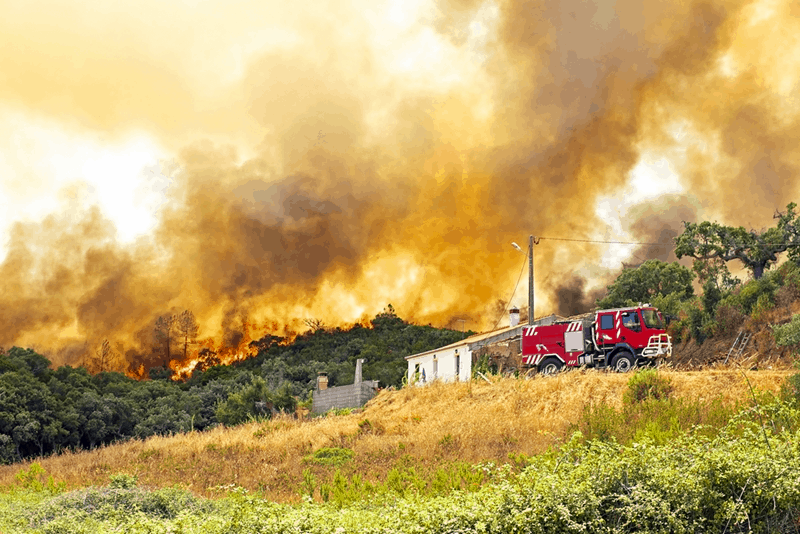
The important role HF radios play during wildfires
The first problem HF radios help solve involves early danger warning. In the past, rangers and firefighters relied on fire lookout towers to locate and identify wildfires, and then use a variety of telephones, heliographs, and even carrier pigeons to relay the message. Innovations progressed through the years, but information delivery was hampered and delayed because of limits on communication technology for quite some time.
Thankfully, we’ve come a long way since then. HF radios, with their adaptable networks and ionospheric transmissions allow for extremely long-distance communication with little to no audio degradation.
The next hurdle HF radios help overcome revolves around how first responders and crisis response organisations communicate with each when they’re fighting wildfires. Without coordinated, high-quality communication, responders cannot effectively allocate resources, re-divert responders, and warn any residents or businesses about the threat.
Reducing the time between identifying the wildfire and getting firefighters on the scene is crucial in containing the fire’s spread and the subsequent damage to wildlife, property, and human life.
Effective communication in these remote regions also helps prevent wildfires from starting. Having people in these isolated areas with access to HF radios allows them to transmit data and other information that can be used to forecast outbreaks or the potential for one to occur.
Barrett Communications to the rescue
No one has worked harder than Barrett Communications in providing critical response organisations with access to top-of-the-line radio communications equipment. By building the most advanced yet easy-to-use HF radio technology and systems available, Barrett Communications ensure first responders have peace of mind. For more information, contact us today.

